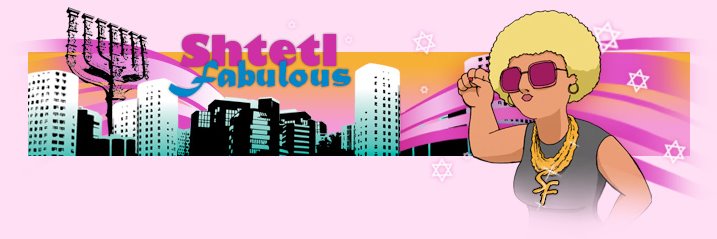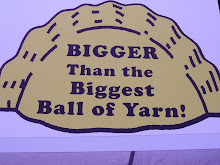You know her and you've seen her in action. From Audrey Hepburn as Holly Golightly in Breakfast at Tiffany's to Kate Hudson's ethereal groupie Penny Lane in Almost Famous and Natalie Portman's character in Garden State, she is there with her zany outfits, upbeat personality and irresistible cuteness. She's the Manic Pixie Dream Girl and film critic Nathan Rabin recently coined the term to describe this particular subgenre of cinematic female who is adorable, giggly and apparently loved by brooding men. In an interview on NPR he said of the MPDG, "they don't live lives, they don't have careers. They just frolick and have fun."
Rabin goes on further to assert that these young women (yes, they are always young and always women) primarily exist to enliven the protagonist, inspire him to action and help him along with a wink and smile rather than persuing her own interests. She is the classic muse, free of complication or depth. Generally, the viewer either falls head-over-heels in love with the girl or spends the remainder of the film plotting her demise.
My first reaction to hearing the NPR story was relief - finally there was a name for my extreme dislike of every character Kirsten Dunst has played. Then, I began to think about if and how the Manic Pixie Dream Girls might really function in the world. Sooner or later, cuteness fades and government cheese is simply lousy for your complexion. Eventually even the white knight wants someone to take care of him and my guess is that MPDGs can't cook.
There are some variations on the theme. There's the MPDG with deep flaws like Parker Posey's alcoholic in Party Girl or Drew Barrymore's entire career (on screen and off). We have the reluctant MPDG such as Winona Ryder in Reality Bites who inspires two men and doesn't know what to do with herself. There may be a Manic Pixie Dream Guy like Duckie from Pretty in Pink or Jason Schwartzman's Max Fischer in Rushmore.
As someone who would rarely be described as flighty, bubbly or fragile, I scoured my DVD collection and my Netflix queue for evidence of a counterpoint to the MPDG and I think I found her. She's Annie Savoy in Bull Durham. She's Barbara Bel Geddes as Midge in Vertigo. She's Frances McDormand or Janeane Garofalo in just about anything. She may not always get the guy or inspire a sonnet, but she frequently gets the last line. She is disarmingly real, multifaceted, unafraid of her own intelligence and confidence in her sexuality as a woman not a girl. At the end of the day, she doesn't even need an epithet to describe her. It's just not her style.
Though they sometimes irritate us, they inherently exist to endear us, which makes the MPDG incredibly hard to resist. Maybe it's because I relate more to the film's lead male who is a fellow writer, but I really enjoy watching Kate Hudson in Almost Famous. Not necessarily my all-time fave, but also never annoying. So who gets your vote for favorite Manic Pixie Dream Girl?
Saturday, October 11, 2008
Subscribe to:
Post Comments (Atom)


1 comment:
Acá el Ivar haciendo presencia por primera vez en tu blog. Ya me tendrás dando lata muy seguido.
Let's talk about a perfect latina MPDG... Penelope Cruz in all the roles she had made. Even in real life. She's so empty but so damn cute.
De acuerdo?
Post a Comment